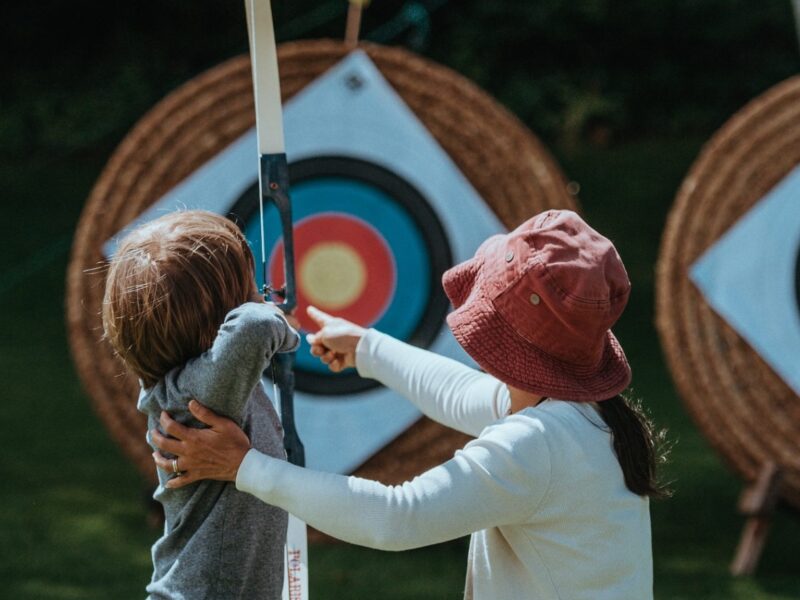
Gone are the days when physical activity meant a game of football in the park or a walk around the block.
Today’s teens have the opportunity to try out sports from around the world, many of them unheard of even just a few decades ago. In the United Kingdom, alternative sports are enjoying great popularity.
If your child is one that enjoys alternative activities, two unique sports to consider are archery and canoeing.
Archery
Archery is a sport is which a bow is used to shoot an arrow towards a target from a set distance. Points are awarded for the accuracy of each shot.
History of Competitive Archery
Originating with the Egyptians some 5,000 years ago, archery was long a means of hunting food and engaging in warfare.
It wasn’t until the Chou Dynasty in China (1207 – 256 BC) that archery became a competitive activity, one that was engaged in during tournaments.
Archery tournaments flourished throughout Ancient Asia and the Middle East and archery was a revered skill during the Greco-Roman times. Archery was also popular in Renaissance Europe, but it wasn’t admitted to the modern Olympics until 1900.
Olympic competitions occurred in 1900, 1904, 1908 and 1920, but then it was pulled out because there were no international rules governing the competition.
Archery was re-introduced at the Olympics in 1972 and a team competition was installed in 1988.
Benefits of Learning Archery
- It develops upper body strength, focus and coordination
- It can be engaged by anyone, including those with disabilities
- It teaches patience and self confidence
- It is a relatively inexpensive and social sport
- It is an enjoyable way to pass an afternoon
Finding Out More about Archery
If you are interested in finding out more about learning or competing, in archery in the United Kingdom, consider visiting Archery GB, the UK’s governing body for the Olympic sport of archery
Canoeing
Canoeing is a sport in which a canoe or kayak is paddled, often through a white-water course or rapids and is judged either solely on time (sprint) or on time as well as the ability to navigate gates set up on the course (slalom).
History of Competitive Canoeing
Throughout much of North America, the Caribbean and the Pacific, canoeing began as a means of transportation across long waterways.
Throughout the 19th century, canoe clubs began to organise and host regattas and in 1924, canoeing premiered as a demonstration sport at the Paris Olympics.
In 1936, canoeing became an official Olympic sport. Today, canoeing events include one and two person canoes with single blade paddles and one, two and four person kayaks with double blade paddles.
Flatwater and slalom events are featured in the Olympics.
Benefits of Canoeing
Many people turn to canoeing as a relaxing activity and a means of lowering their stress levels. Canoeing also provides myriad benefits, such as:
- A great upper body and aerobic workout, particularly for those interested in losing weight
- A chance to work and socialise with a team
- An opportunity to hone your coordination, flexibility and patience
- A time to reflect and relax away from the hustle and bustle of town
Finding Out More about Canoeing
If you are interesting in learning more about recreational or competitive canoeing, visit British Canoeing, which is the lead body for canoeing and kayaking in the UK.

